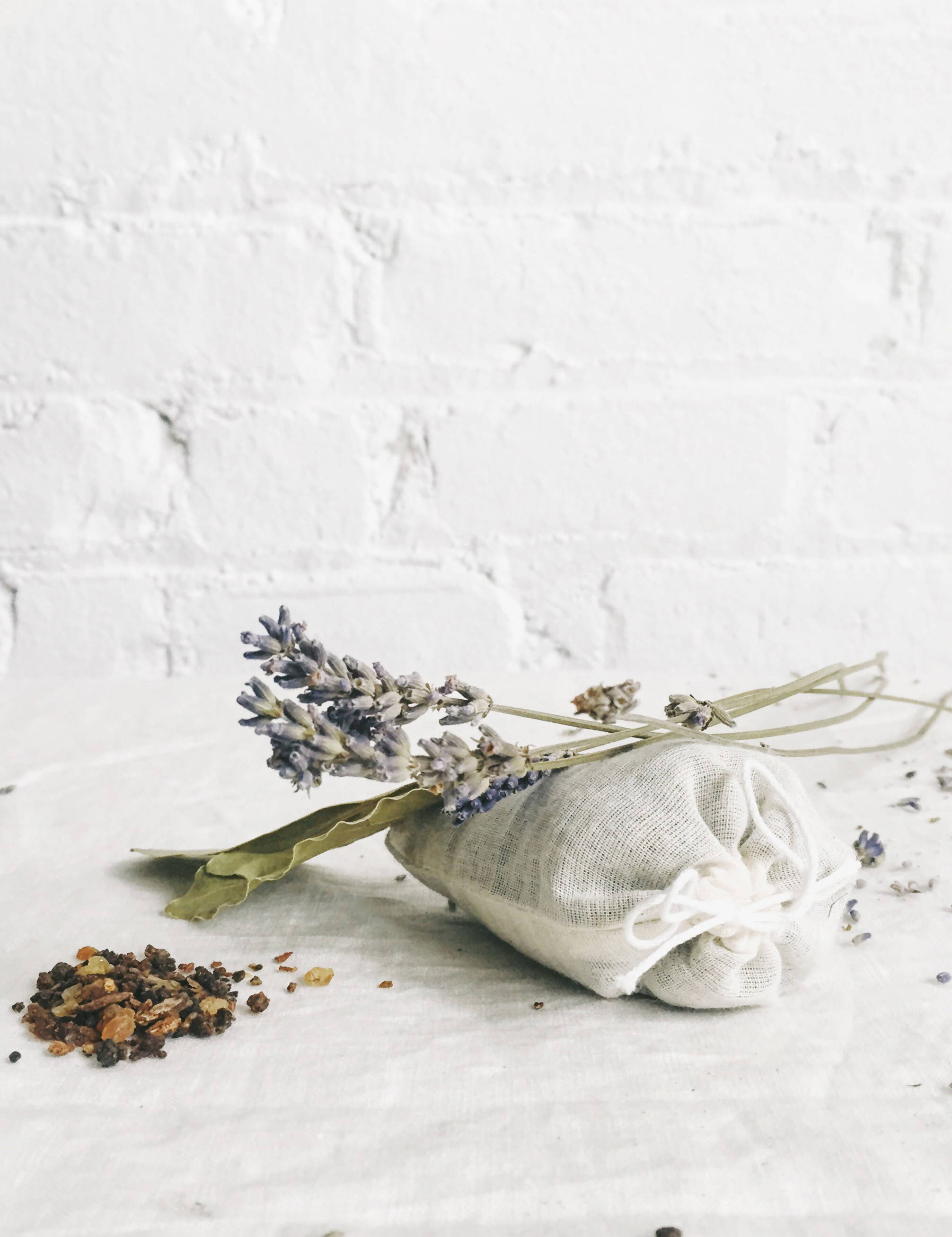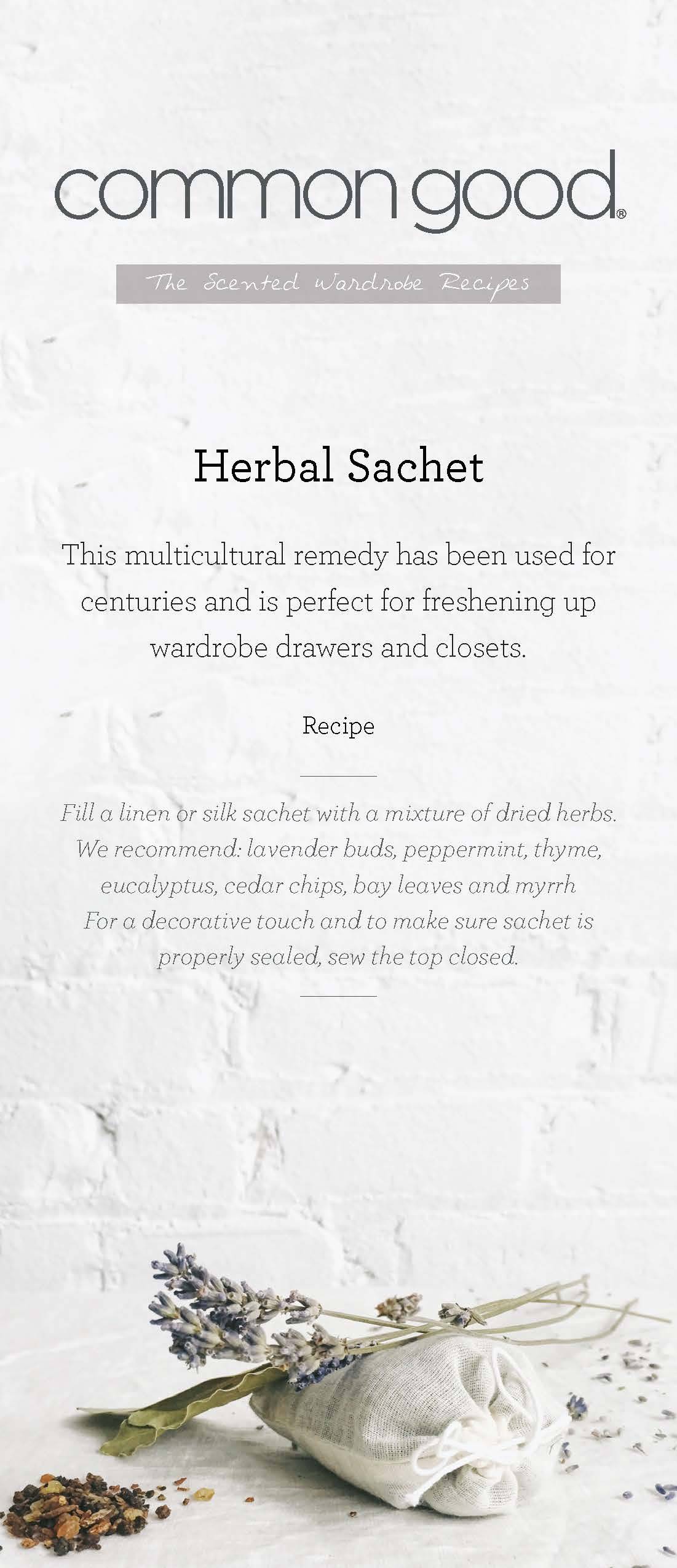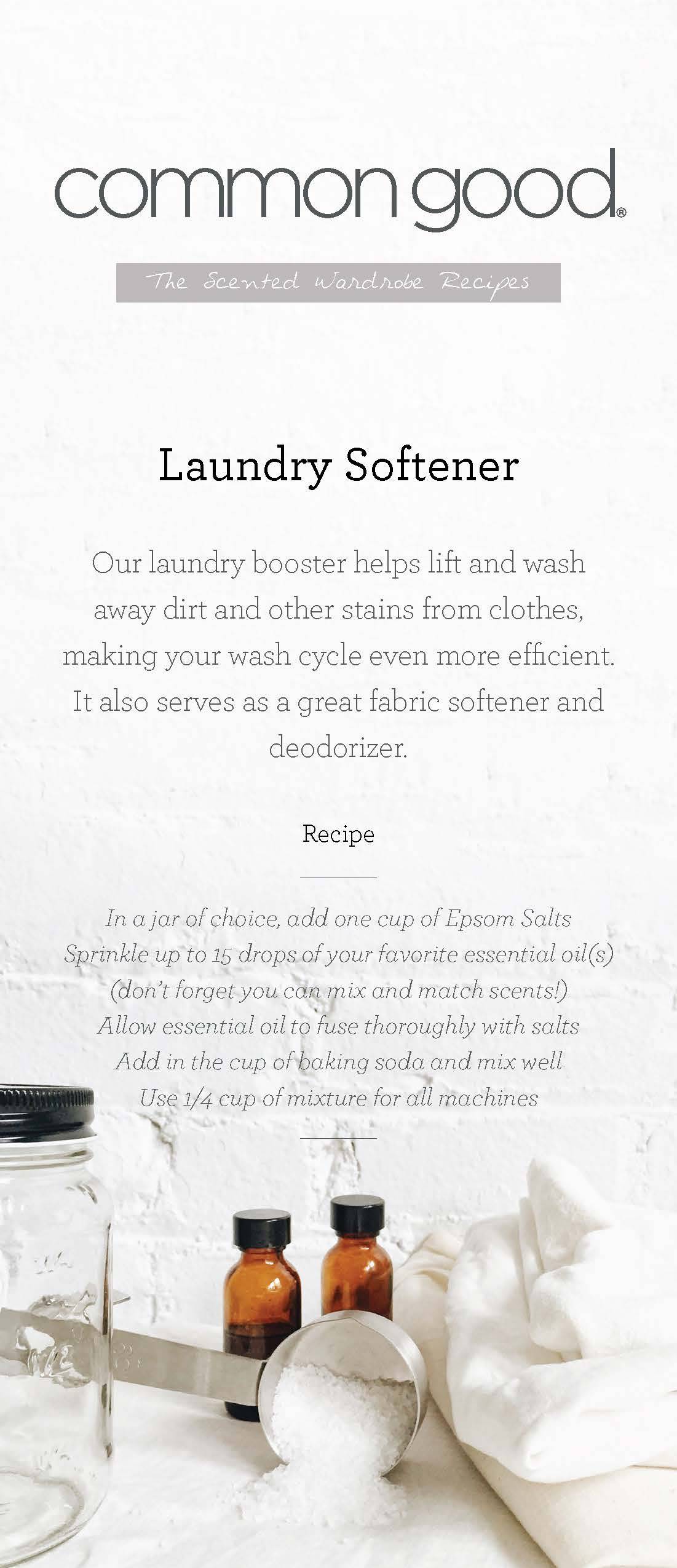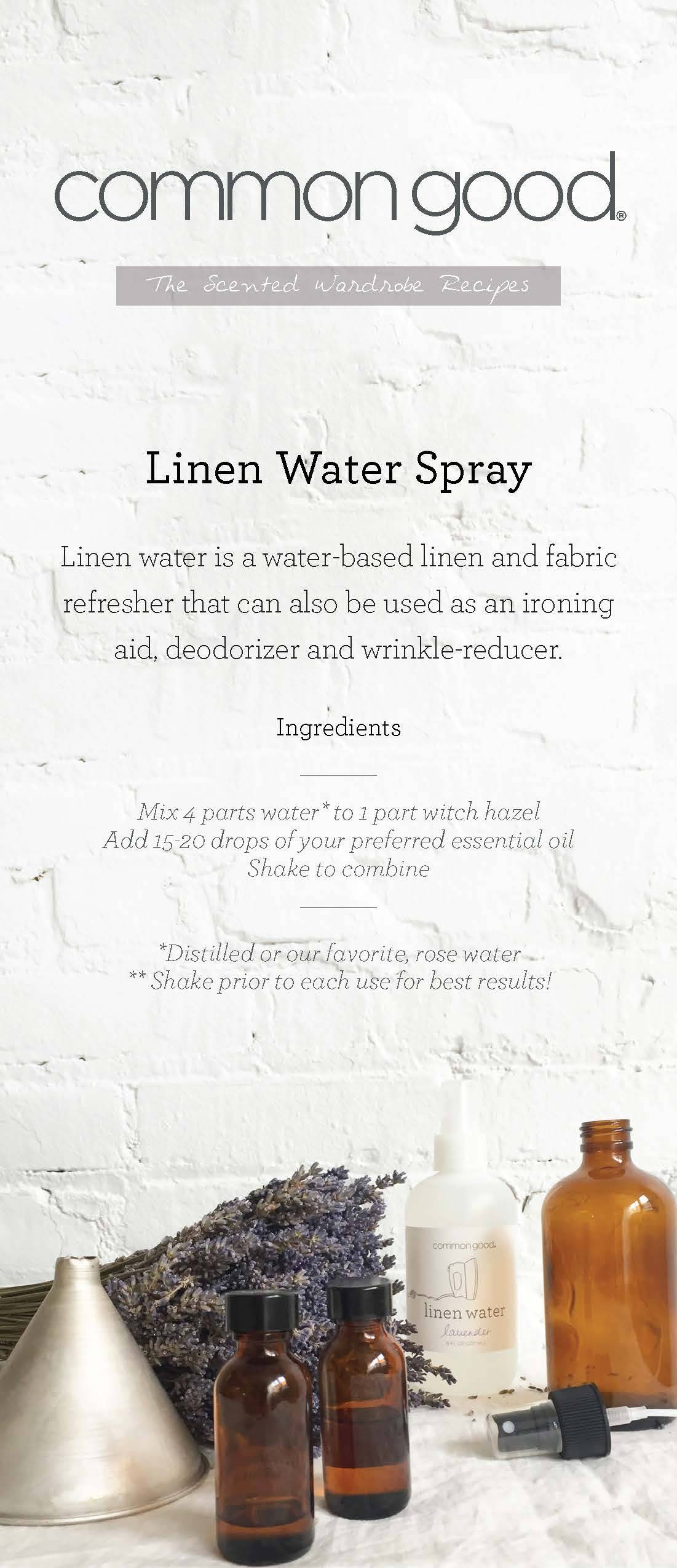What is the secret to wrinkle and stain-free laundry? Read some of Common Good founder Sacha Dunn's shared with Front + Main of West Elm. Updated in Nov 2024.
Stain Removal and Washing
The Golden Rule: Most laundry comes out clean with a regular wash cycle. Modern washing machines and detergents are designed to clean clothes effectively and gently—just avoid using too little or too much detergent.
Quick Stain Action Tips
- Act fast: Dab detergent directly onto stains as soon as spills happen
- Last chance: If you can't treat immediately, apply detergent 5 minutes before washing
- Time matters: The longer a stain sits, the harder it becomes to remove
-
Choose wisely: Only use detergents without optical brighteners (they leave marks and can irritate skin)
Natural Laundry Boosters
White Vinegar: Add 1/2 cup to your rinse cycle to naturally soften fabrics, remove soap residue, and eliminate odors. It's especially effective for towels that have lost their absorbency and workout clothes with lingering smells.
Baking Soda: Add 1/2 cup directly to your wash cycle along with your regular detergent to boost cleaning power, brighten whites, and neutralize odors. For extra stubborn stains, make a paste with baking soda and water, let it sit for 30 minutes, then wash as usual.
Pro tip: Never mix vinegar and baking soda in the same load—they neutralize each other. Use one or the other, not both together.
Washing Best Practices
- Use the correct amount of detergent—more isn't better and can attract dirt
- Pre-treat stubborn stains with a small amount of your regular detergent
- Use a booster if you have very hard water or fabrics are looking dull
- Sort clothes by color and fabric type
- Check care labels for temperature guidelines
Drying Techniques
Line Drying (The Gold Standard)
Line drying is the gentlest method for fabrics and energy-efficient, though it can be challenging in urban environments like NYC.
Indoor Alternatives
- Drying racks: Perfect if you have space—gentle on clothes and no energy cost
- Dryer enhancement: Add woolen dryer balls to reduce drying time and eliminate static
Woolen Dryer Ball Benefits
- Reduces energy use by 20%
- Zero plastic or toxic fragrance chemicals
- Fluff fabrics for faster drying
- Eliminate static cling naturally
- Reduce wrinkles
- Add natural scent with a few drops of essential oil
- Last almost forever
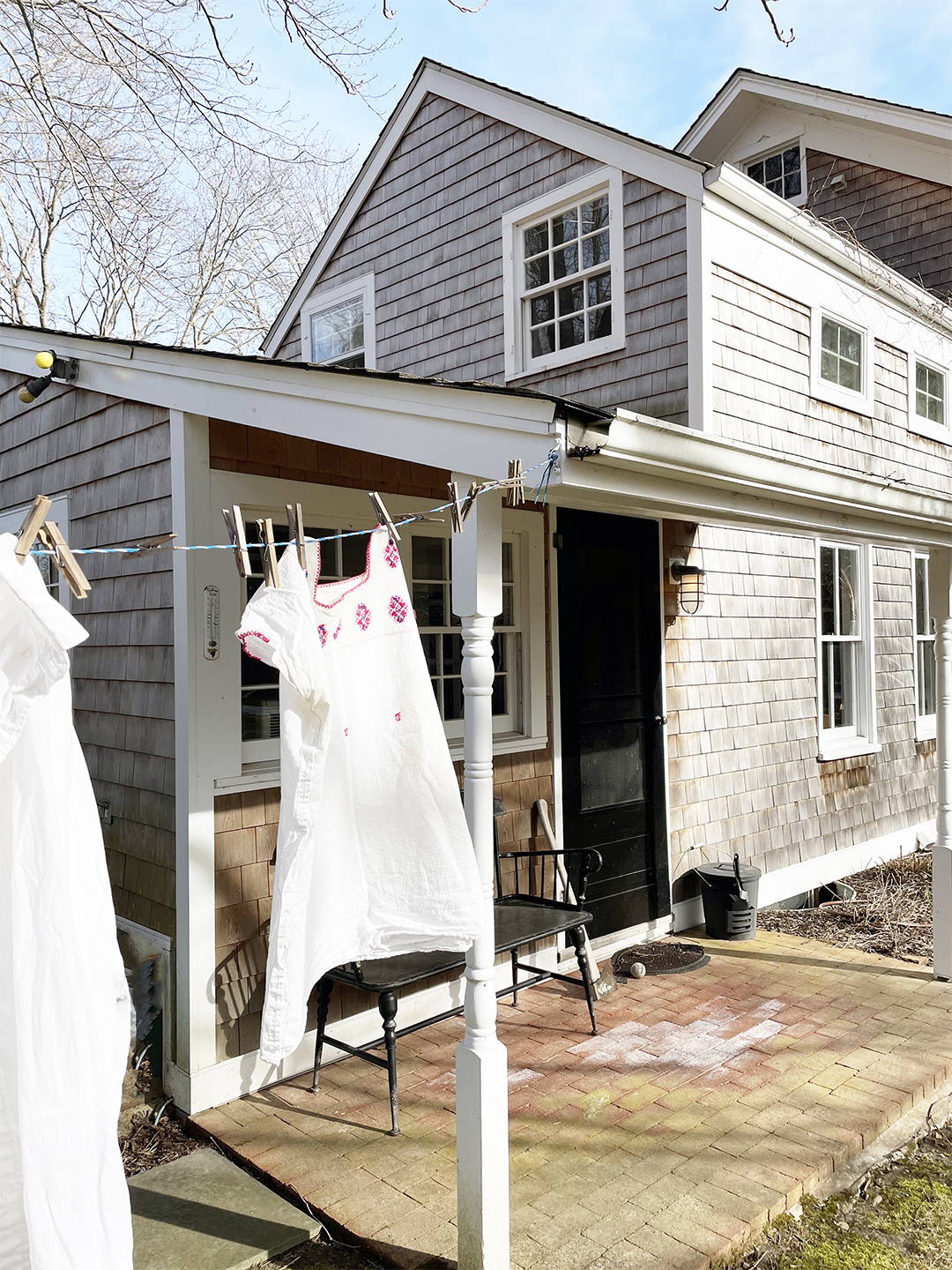
Deep Cleaning with Soaking
Give household linens extra care every few months with overnight soaking:
Items That Benefit from Soaking
- Dish towels
- Shower curtains
- Bath towels
- Bed sheets
- Kitchen linens
Soaking Method
- Fill basin with oxygen bleach solution
- Soak linens for several hours to overnight
- Wash as normal afterward
- Bonus: Line dry in sunlight for natural whitening and brightening
Proper Storage Techniques
Seasonal clothing changes require careful storage to keep items fresh and intact.
Pre-Storage Checklist
- Wash everything first: Remove all food residues and personal care products
- Ensure complete drying: Prevent mildew by storing only fully dry items
- Check for hidden stains: Sunscreen and food stains worsen over time
Storage Solutions
- Use zippered cases or sealable containers to prevent moths
- Add cedar bags or socks filled with cedar balls for moth prevention
- Consider natural deterrents in moth-prone areas
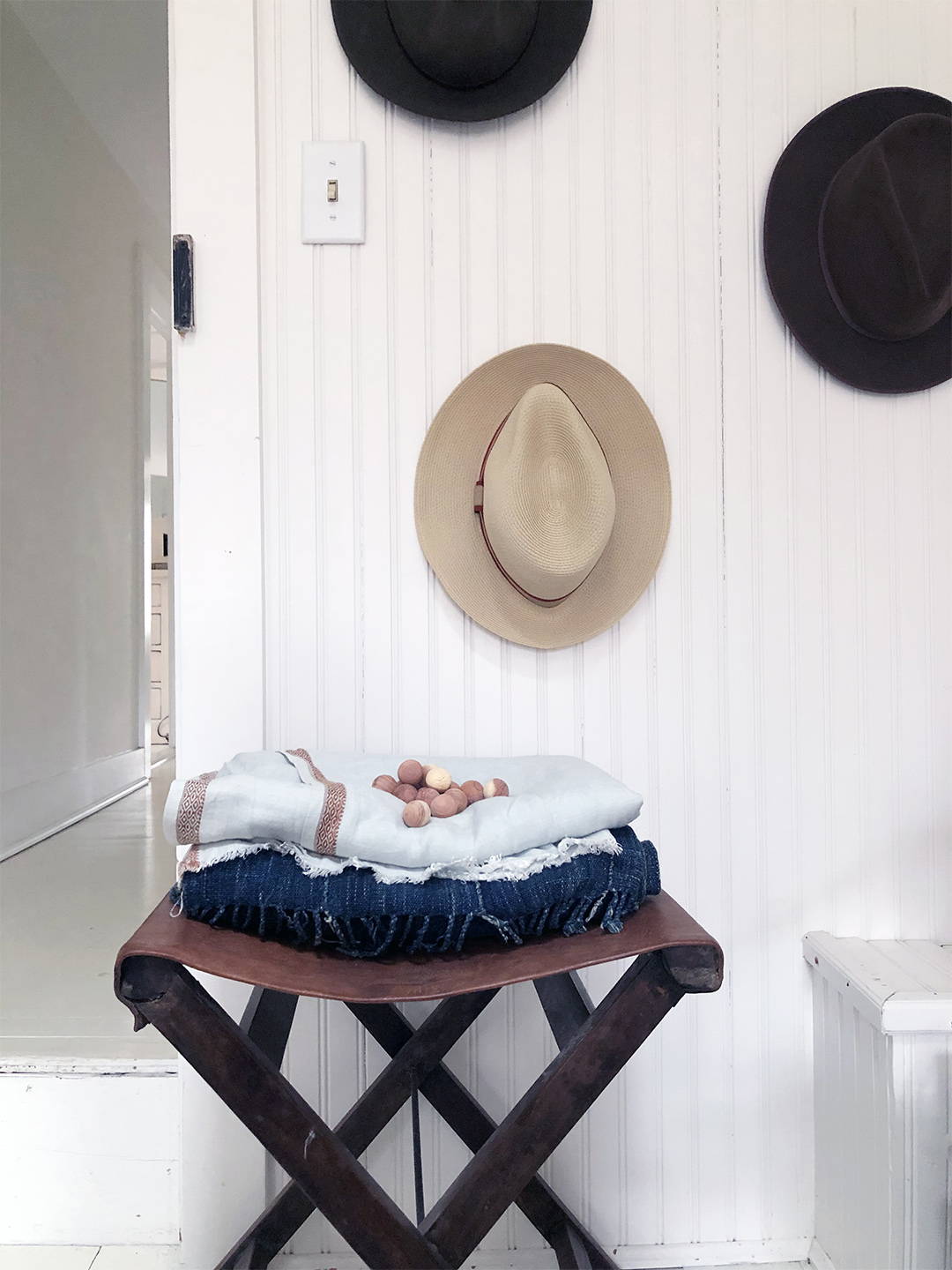
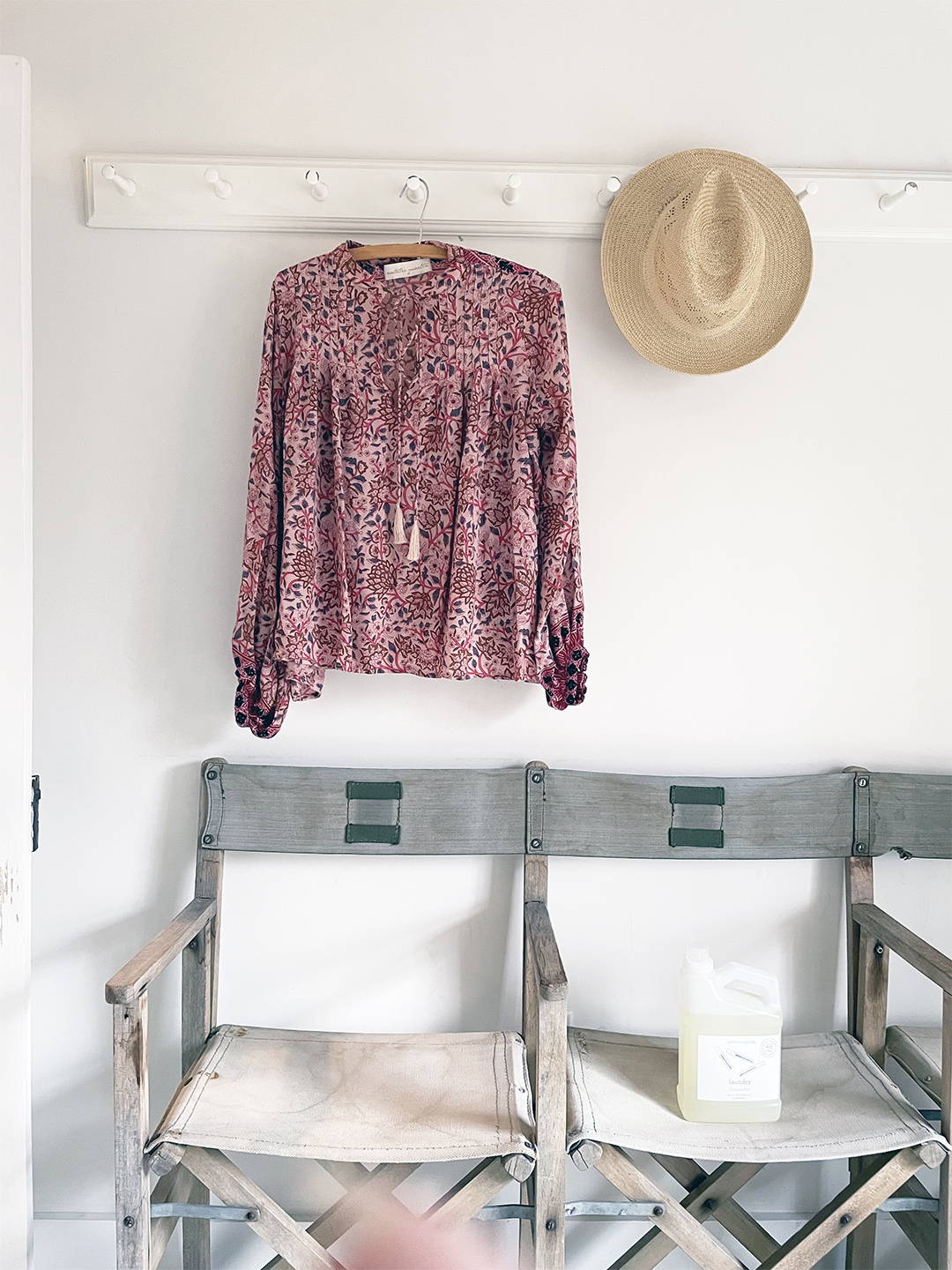
Finishing Touches
Linen Water Magic
This versatile product serves multiple purposes:
- Ironing aid: Makes pressing easier and more effective
- Direct spray: Release creases without ironing (works best on silk)
- Fresh scent: Leaves clothes smelling clean and pleasant
- Dry cleaning alternative: Reduce trips to chemical dry cleaners
When to Use Linen Water
- Quick touch-ups when running late
- Travel situations without ironing access
- Delicate fabrics that benefit from gentle treatment
DIY Natural Alternatives
Herbal Sachet Recipe (Mothball Alternative)
Why avoid naphthalene mothballs: They can cause health issues ranging from anemia to potentially cancer.
Natural ingredients:
- Cedar chips or balls
- Dried lavender
- Dried rosemary
- Dried cloves
Instructions:
- Mix herbs in desired proportions
- Place mixture in old clean sock or tie in cheesecloth
- Add to stored linens and clothing
- Replace seasonally for best effectiveness
Additional DIY Recipes
Natural Fabric Softener:
- 1 cup white vinegar
- 1/2 cup baking soda
- 10-15 drops essential oil
- Mix and add 1/4 cup per load
Homemade Linen Water:
- 1 cup distilled water
- 1 tablespoon vodka or rubbing alcohol
- 10-15 drops essential oil
- Combine in spray bottle, shake before use
Pro Tips for Success
- Quality over quantity: Invest in good detergent without harsh chemicals
- Read labels: Care instructions exist for a reason
- Temperature matters: Hot water isn't always better—it can set stains
- Timing is key: Don't let wet clothes sit in the washer
- Natural solutions: Many effective laundry aids can be made at home
Environmental Benefits
These natural methods offer multiple advantages:
- Reduce chemical exposure for your family
- Lower environmental impact
- Save money with DIY alternatives
- Extend clothing lifespan with gentler care
- Create pleasant, natural scents without synthetic fragrances
